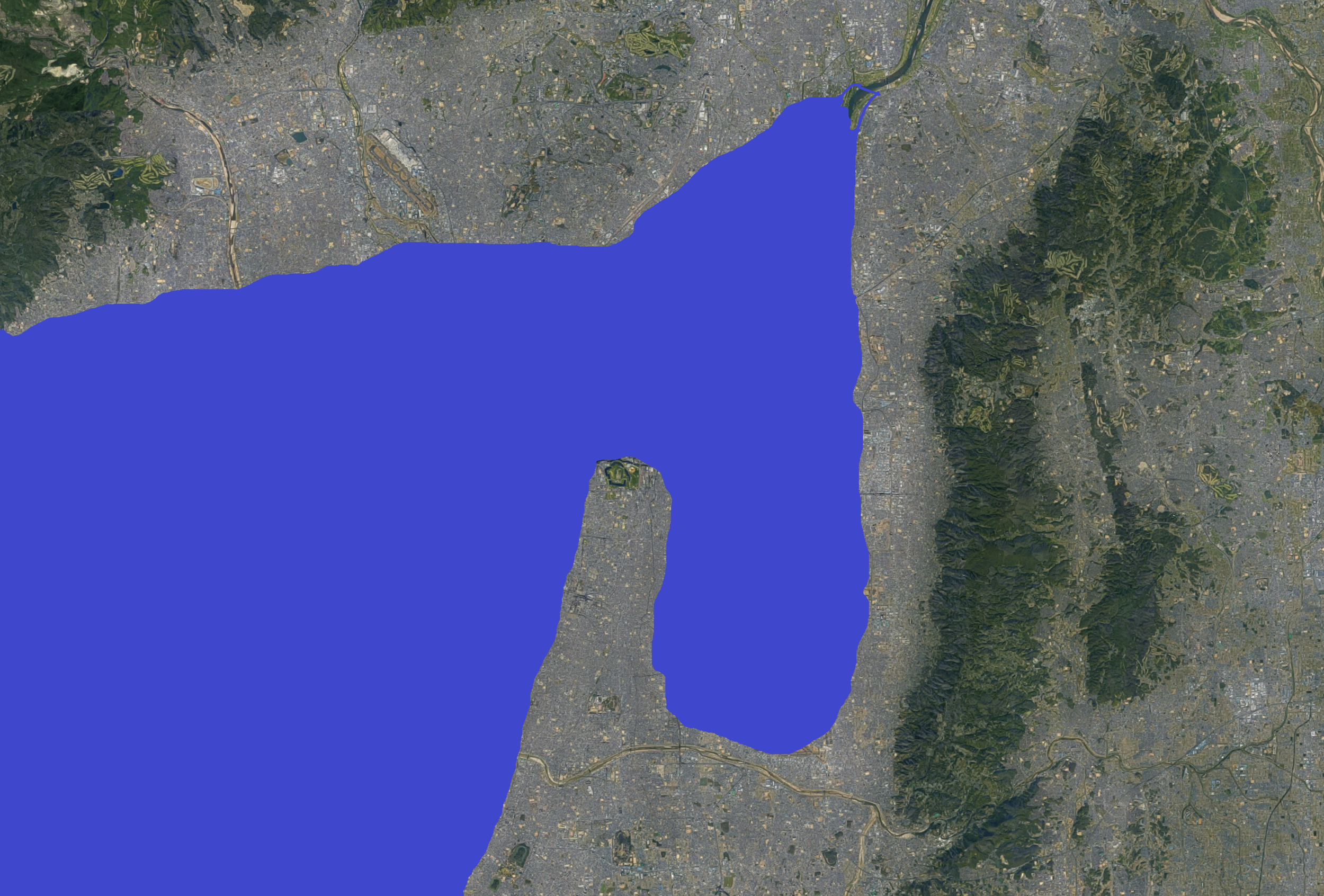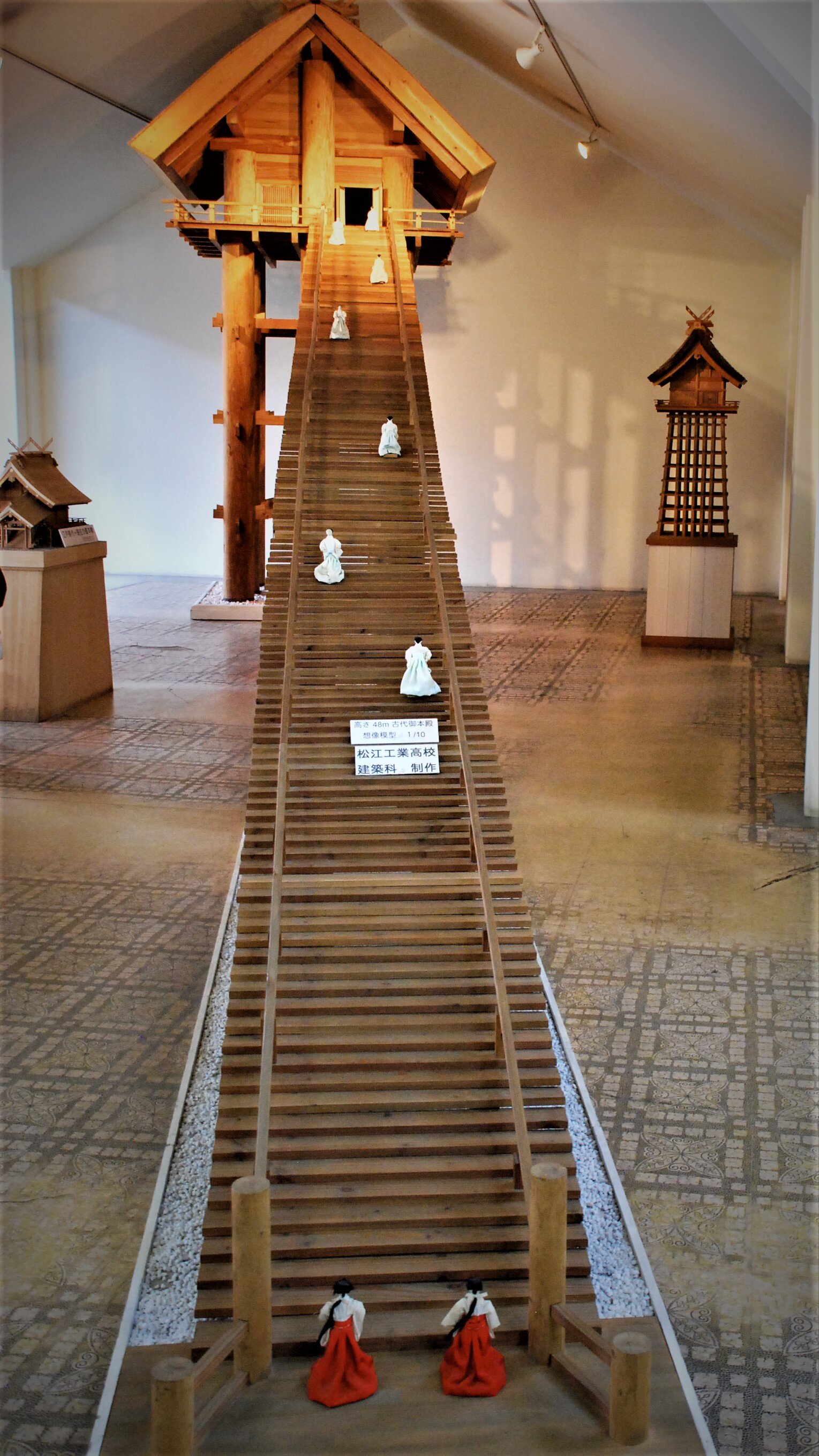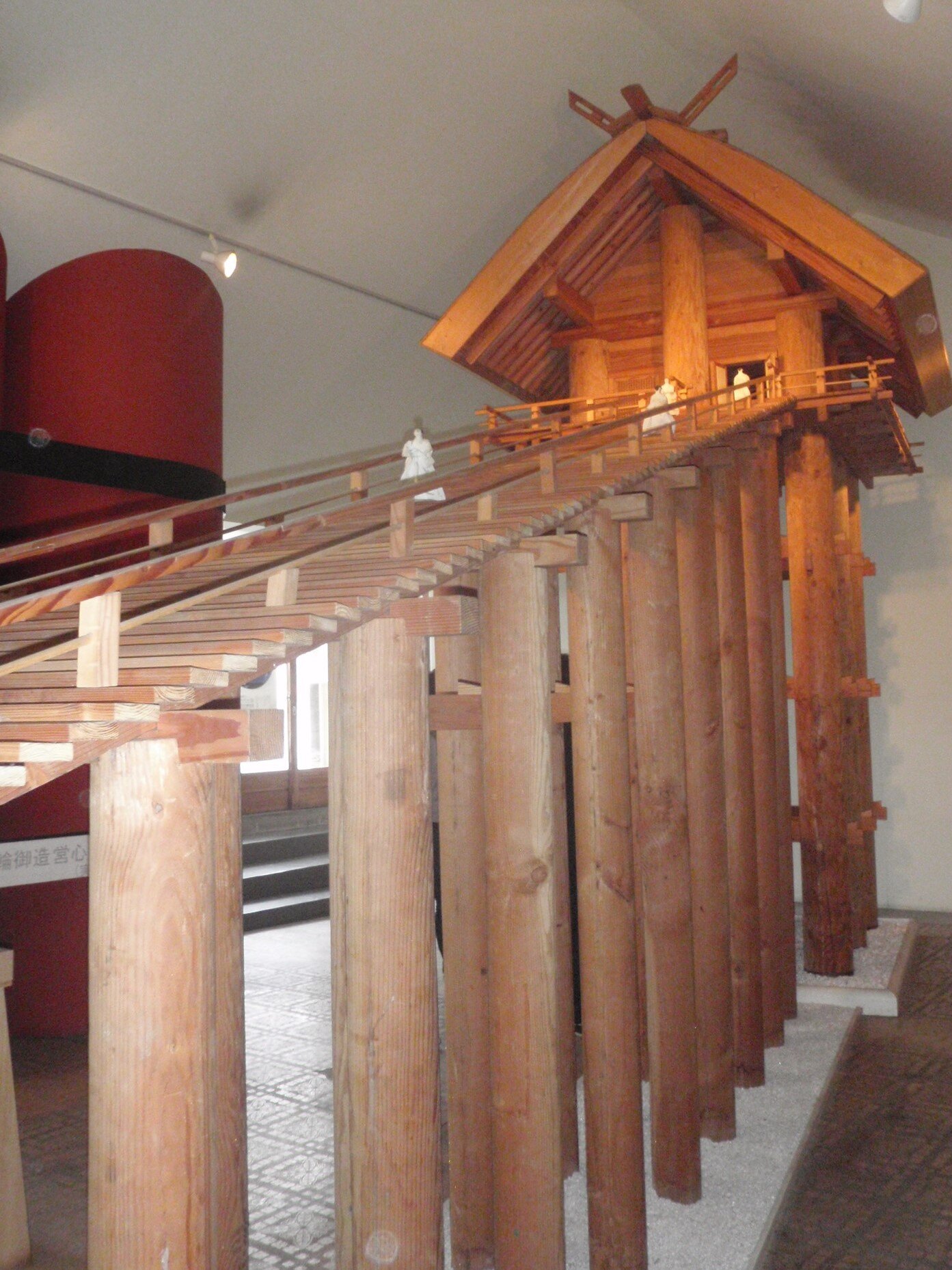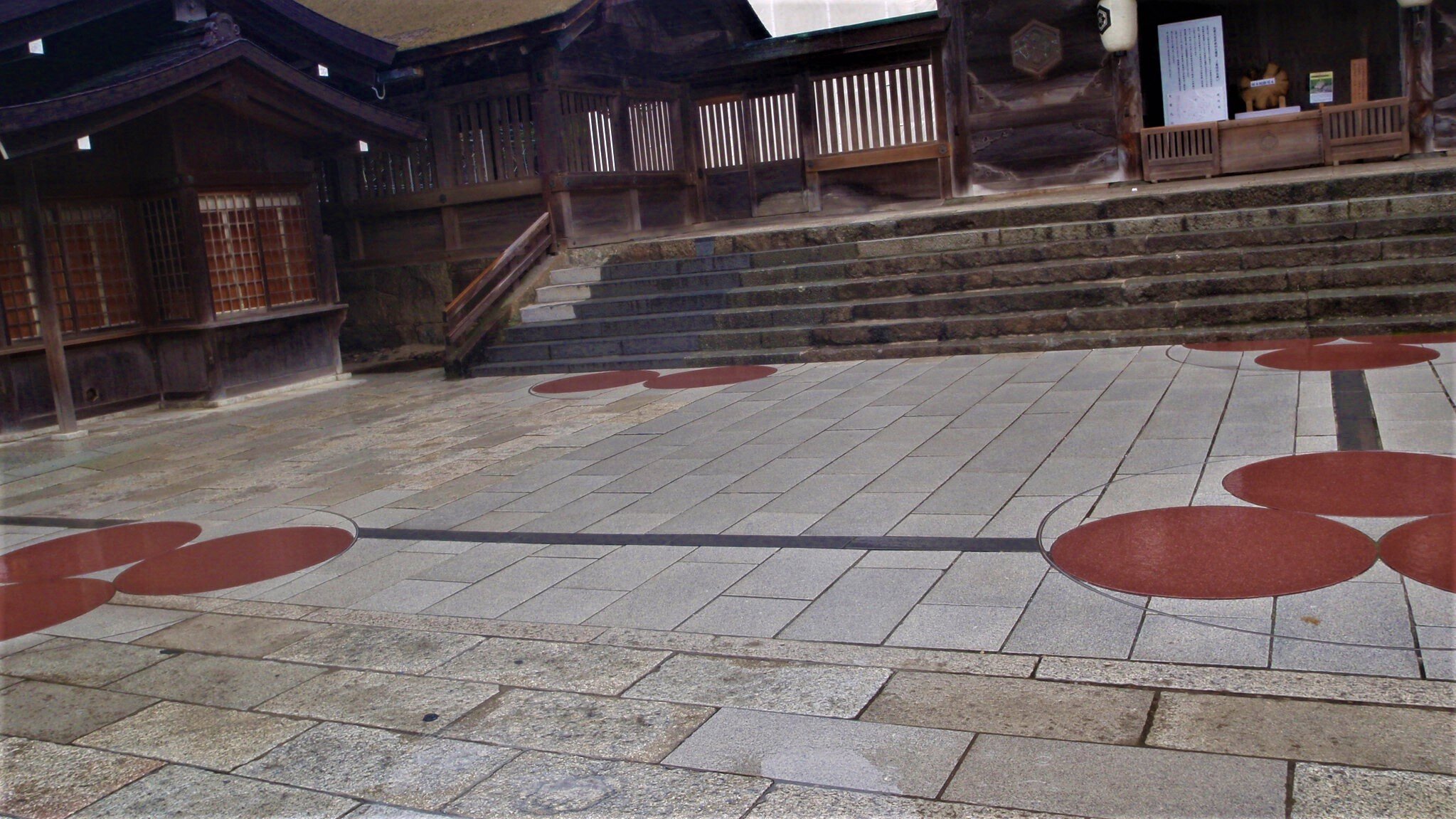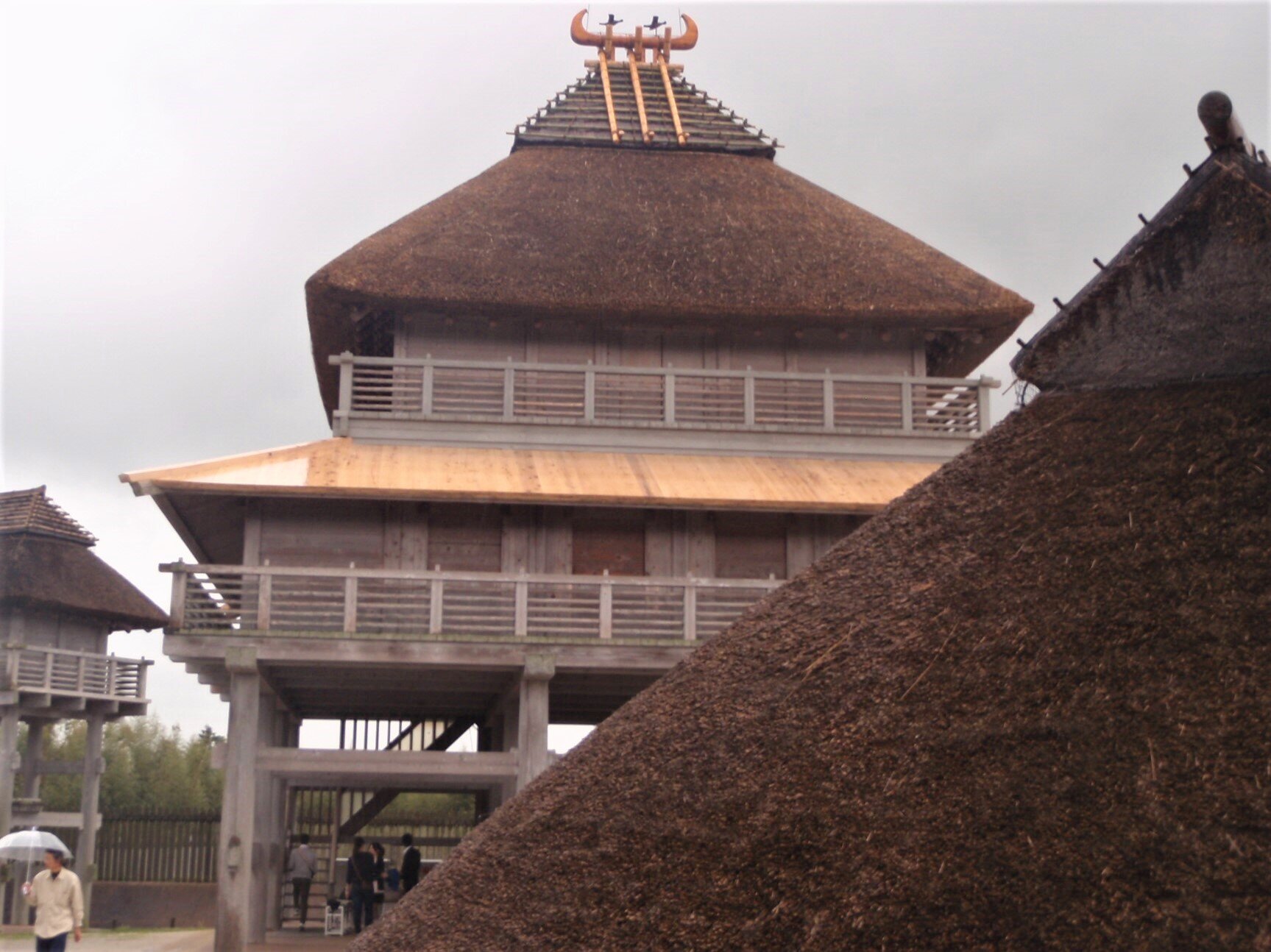Previous Episodes
- October 2025
- September 2025
- August 2025
- July 2025
- June 2025
- May 2025
- April 2025
- March 2025
- February 2025
- January 2025
- December 2024
- November 2024
- October 2024
- September 2024
- August 2024
- July 2024
- June 2024
- May 2024
- April 2024
- March 2024
- February 2024
- January 2024
- December 2023
- November 2023
- October 2023
- September 2023
- August 2023
- July 2023
- June 2023
- May 2023
- April 2023
- March 2023
- February 2023
- January 2023
- December 2022
- November 2022
- October 2022
- September 2022
- August 2022
- July 2022
- June 2022
- May 2022
- April 2022
- March 2022
- February 2022
- January 2022
- December 2021
- November 2021
- October 2021
- September 2021
- August 2021
- July 2021
- June 2021
- May 2021
- April 2021
- March 2021
- February 2021
- January 2021
- December 2020
- November 2020
- October 2020
- September 2020
- August 2020
- July 2020
- June 2020
- May 2020
- April 2020
- March 2020
- February 2020
- January 2020
- December 2019
- November 2019
- October 2019
- September 2019
Welcome back. This episode we go over sovereign’s 2-9, covering what the chronicles claim to be about 500 years, from only a few centuries after the introduction of rice to the end of the early Yayoi period. And while it is certainly possible that some of the stories in the Chronicles could go back to the Yayoi period, there is no evidence for the kind of state that the chronicles seem to imply.
That said, most of these sovereigns stories do have a connection to the Nara Basin—particularly the area of Shiki. In the below map you can see the modern Shiki district of Nara Prefecture, north of Kashihara but in ancient times it was much larger, and would have included much of Sakurai, Mt. Miwa, Tenri, and many of the areas believed to be associated with the early Yamato state.
Speaking of “Yamato”, one of the things I note in the podcast is that “Yamato” is often written with an old character: 倭. This is the character used in many of the Chinese chronicles, from which we get the term “Wo” or “Wa” for the early Japonic speaking people of the archipelago and the peninsula. Occasionally we find it as 大倭 (Great Yamato), which I suspect is in imitation of the continental practice, where you have the 大唐帝国 (Great Tang) and later the Great Yuan (大元) and the Great Ming (大明), though how it was used and when it started to be used various polity’s names I’m not sure. Interesting side note, there is a “Great Qin” (大秦) used from the time of the Han until the Tang, but it actually refers to Rome and not to the Qin state.
Regardless, the 倭 (Wa) character eventually is swapped out for the less derogatory character for peace (和), which seems to be why Yamato, today, is spelled 大和.
Speaking of imported concepts, the idea of the Heavenly-Stems and Earthly-Branches I mentioned as a time keeping mechanism. Rather than rehashing it here, I recommend you check out this page in the Miscellany. There, we talk about this system and how it applies to time-keeping in general.
This was part of the continental arts that would eventually fall under what became known as the Yin-Yang Bureau, or Onmyō-ryō. It is sometimes associated with Daoism, though this is something of a debate—there are many aspects of continental thought that are found in Daoism that made their way over to the archipelago, but the structures that we would recognize as Daoism (as paradoxical as that statement may seem, to some) really aren’t there. There are thoughts and concepts from traditional practice, and plenty of Sinitic themes show up in the archipelago on imported goods and concepts, but that seems to be it. Still, this system was largely rooted in many of the continent’s scientific concepts, including geomancy and a complex elemental system that is used to describe all sorts of micro and macro interactions in the natural world.
Seimei Shrine in Kyoto, dedicated to perhaps the most famous Yin Yang diviner, or Onmyōji, in Japanese history: Abe no Seimei. Photo by author.
At some point I’ll probably get into this, because it really is fascinating and helps to understand the way that many of the continental thinkers conceived of the natural world around them. There are generative and degenerative cycles, and elements associated with color, direction, and more. It was like a Grand Unified Theory, but going beyond just forces to the very nature of the universe. A common symbol for all of this is the pentagram—a five pointed star, usually in a circle, indicating all the different interactions between the various elements—found at the star’s tips. So no, that is not a satanic symbol on Seimei shrine, thank you very much.
As for the zodiac, it is also found outside of just the temporal realm but also in the spatial. Indeed, if the Rat (子) is North, then Ushitora (丑寅) is northeast, U (卯) is due east, Tatsumi (辰巳) is southeast, etc. Even today, these will sometimes be encountered when discussing directions, rather than the more straight forward North, East, South, West (北東南西) and associated combinations.
Alright, so like any good clickbait article, we need to leave you wanting for more, so next episode we’ll address the possibly real Mimaki Iri-biko, aka Sujin Tennō.
References
References
Ō, Yasumaro, & Heldt, G. (2014). The Kojiki: An account of ancient matters. ISBN978-0-231-16389-7
Bentley, John. (2006). The Authenticity of Sendai Kuji Hongi: a New Examination of Texts, with a Translation and Commentary. ISBN-90-04-152253
Chamberlain, B. H. (1981). The Kojiki: Records of ancient matters. Rutland, Vt: C.E. Tuttle Co. ISBN4-8053-0794-3
Aston, W. G. (1972). Nihongi, chronicles of Japan from the earliest times to A.D. 697. London: Allen & Unwin. ISBN0-80480984-4
Philippi, D. L. (1968). Kojiki. Princeton, N.J.: Princeton University Press. ISBN4-13-087004-1


